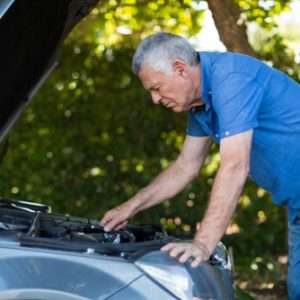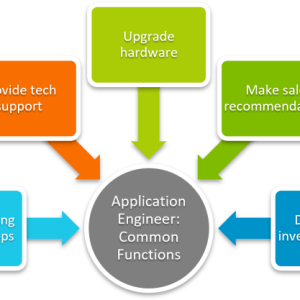Understanding the Problem
So, your car starts fine when it’s cold, but refuses to cooperate when the engine is warm? This is a common issue, and thankfully, often fixable. It’s frustrating, I know. Let’s explore the potential causes and solutions. We’ll break it down step-by-step.
Several factors can contribute to this problem. It could be anything from a faulty sensor to a fuel delivery issue. Don’t panic! We’ll go through the most likely culprits.
Possible Causes
Let’s dive into the potential reasons why your car won’t start when warm. Each of these components plays a crucial role in the starting process. We’ll examine each one carefully.
- Crankshaft Position Sensor (CPS): A failing CPS can send incorrect signals to the ECU, especially when heated.
- Camshaft Position Sensor (CMP): Similar to the CPS, a faulty CMP can disrupt the timing.
- Fuel Injectors: Leaky or clogged injectors can cause fuel delivery problems.
- Fuel Pump: A weak fuel pump might struggle to provide enough fuel when the engine is warm.
- Ignition Coil: A failing ignition coil can cause weak or no spark.
- Vapor Lock: In older cars, fuel can vaporize in the fuel lines when hot.
These are just some of the possibilities. Further diagnosis is needed to pinpoint the exact cause. Remember to be patient and methodical.
Troubleshooting Steps
Now, let’s get our hands dirty and start troubleshooting. Follow these steps to identify the source of the problem. Safety first! Always disconnect the negative battery terminal before working on electrical components.
Step 1: Check for Error Codes
Use an OBD-II scanner to check for any stored error codes. These codes can provide valuable clues. Write down any codes you find.
Step 2: Inspect the Crankshaft and Camshaft Position Sensors
Visually inspect the sensors for any damage or corrosion. Check the wiring and connectors as well. A multimeter can be used to test the sensor’s resistance.
Step 3: Evaluate Fuel Delivery
Check the fuel pressure at the fuel rail. A fuel pressure gauge is required for this test. Listen for the fuel pump priming when you turn the key to the “on” position.
Step 4: Examine the Ignition System
Check the spark plugs for wear and tear. Test the ignition coils with a multimeter. Look for any signs of arcing or damage.
FAQ: Car Won’t Start When Warm
Q: Why does my car start fine when cold but not when warm?
A: This is often due to components that are more sensitive to heat. As they warm up, their performance degrades, leading to starting problems. It’s a common issue with sensors and fuel delivery systems.
Q: Can a bad battery cause this problem?
A: While a weak battery is more likely to cause starting problems in cold weather, it’s less likely to be the primary cause when the engine is warm. However, it’s always a good idea to have your battery tested.
Q: Is it safe to keep trying to start the car?
A: Excessive cranking can damage the starter motor. It’s best to troubleshoot the problem instead of repeatedly trying to start the car. You could end up with a bigger repair bill.
Q: How much will it cost to fix this problem?
A: The cost depends on the cause. A simple sensor replacement might be relatively inexpensive, while a fuel pump replacement can be more costly. Get a quote from a trusted mechanic.
Final Thoughts
Troubleshooting a car that won’t start when warm can be challenging, but with a systematic approach, you can identify the problem and get your car back on the road. Don’t be afraid to seek professional help if you’re unsure. Good luck!




